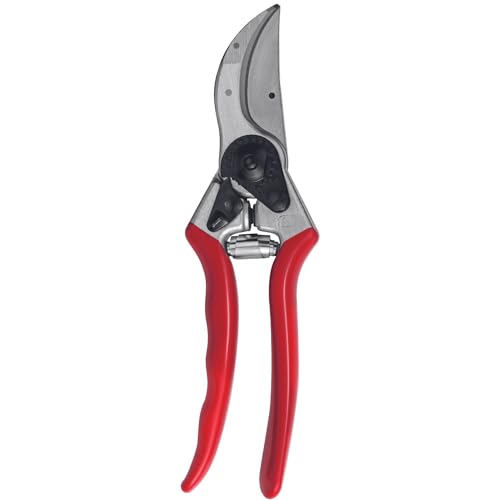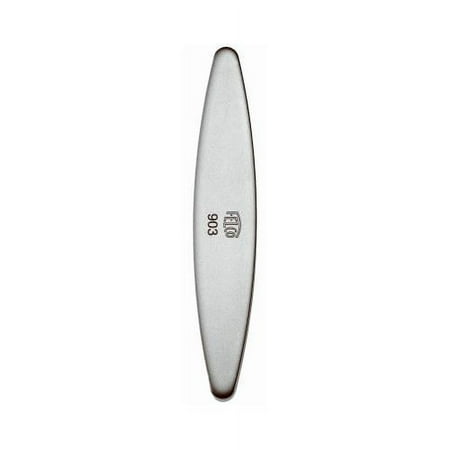Is it necessary to deadhead lilac flowers? Here's what I've learned after a decade working as a professional gardener
Deadheading spent lilac blooms can help to improve the appearance of your plants, but it won't encourage any more blooms

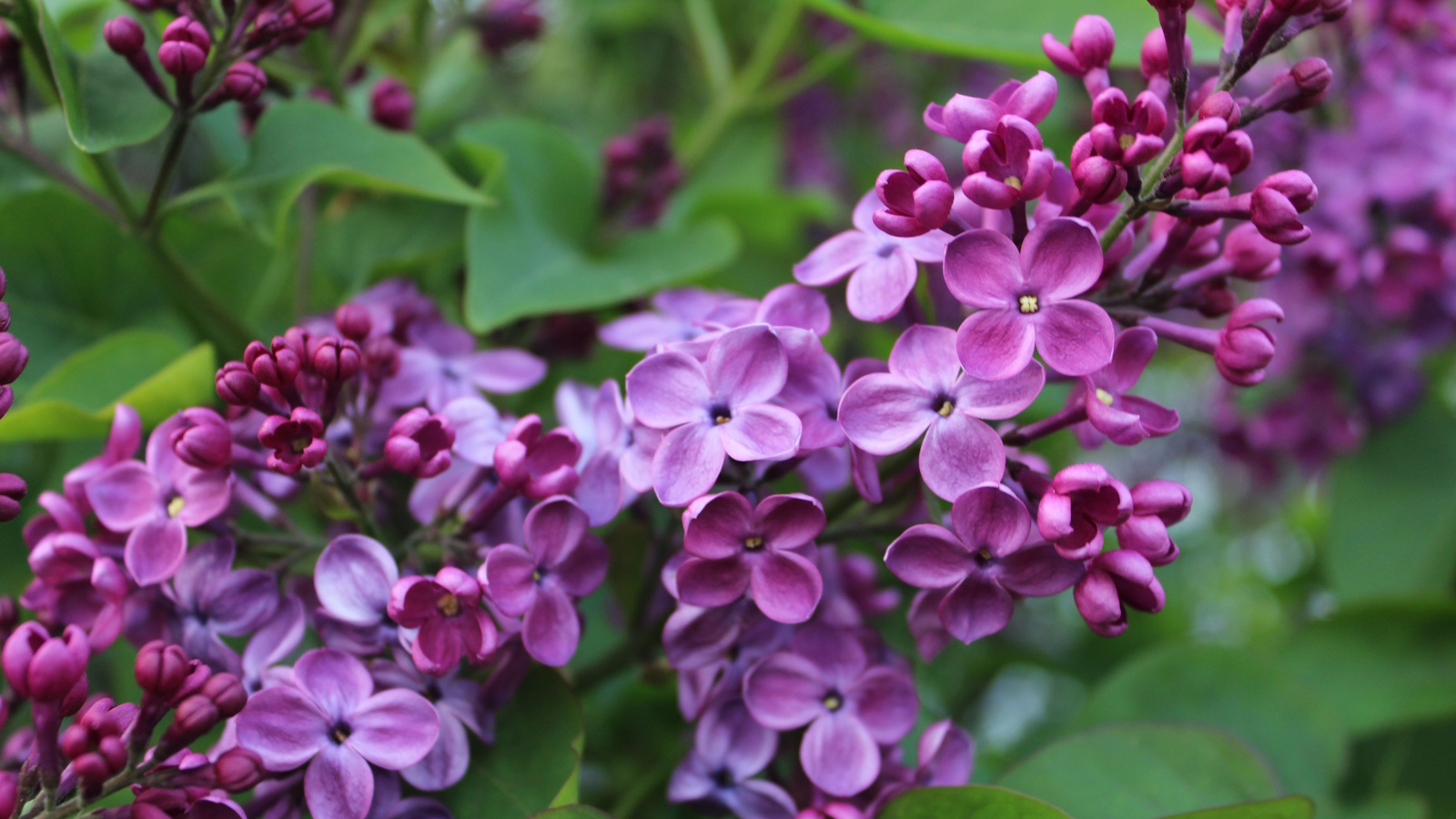
While lilacs are relatively easy to grow, you might be wondering whether or not these fragrant shrubs need deadheading after the flowers begin to fade and fall during spring.
In my experience, while deadheading won’t encourage a profusion of summer blooms (they flower on old wood from the year previous), it can help keep your plants looking neat and tidy. It also prevents the plant from expending energy on seed production, allowing it to focus on healthy growth for the growing season ahead. That being said, with larger, mature specimens, deadheading often isn’t possible or practical.
As a professional gardener, I have learned how to grow lilac over many years, including caring for potted specimens to full-sized shrubs and small trees. While there’s no simple yes-or-no answer, deadheading can be helpful if you have the time and can safely reach the spent blooms. If you can’t, perhaps you’ve been away on vacation or the shrub is too tall, don’t worry. Your lilacs won’t suffer for it. Here, I explain when and how to deadhead lilac flowers, if you choose to do so.
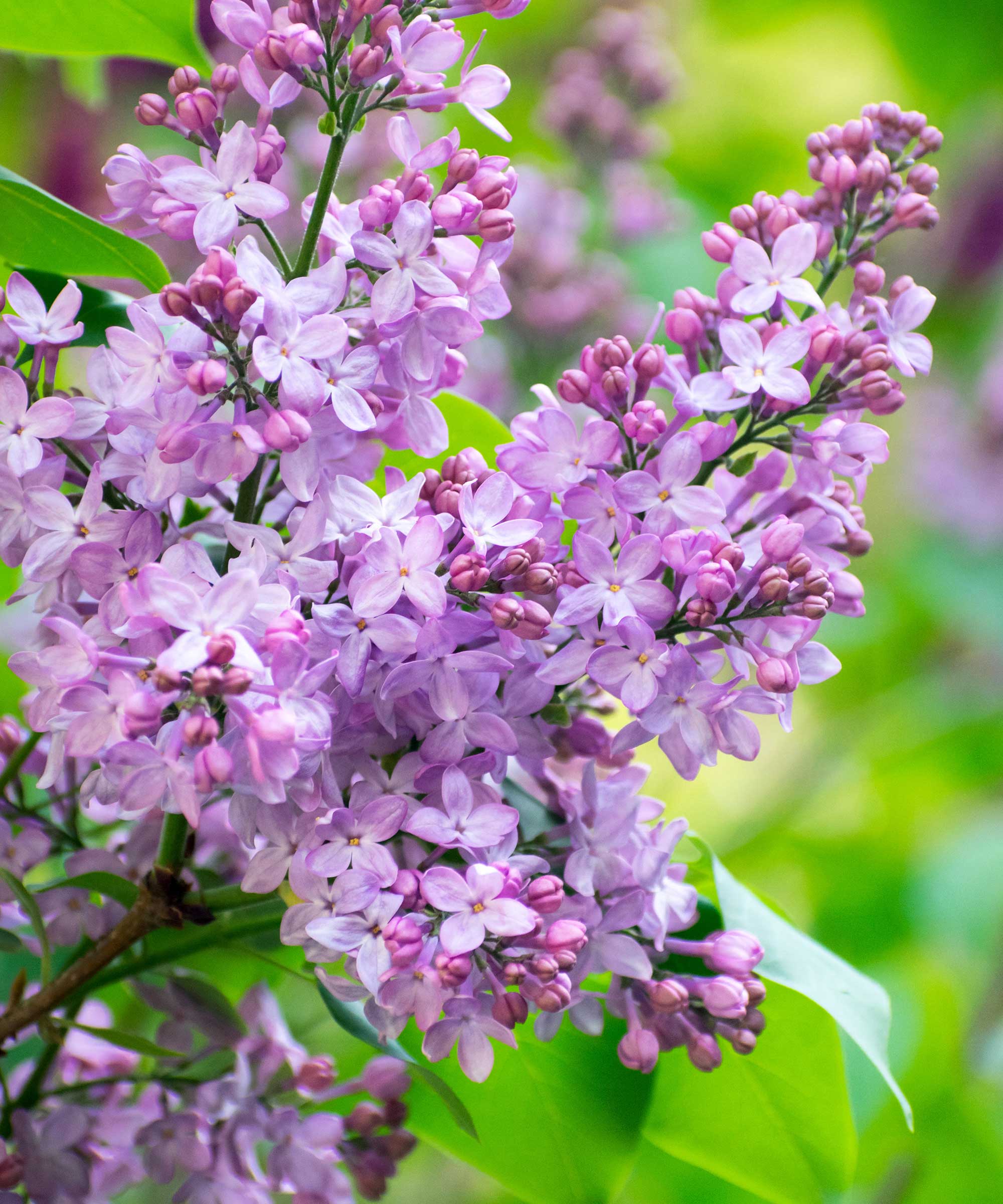
Is it necessary to deadhead lilac flowers?
Deadheading flowers is an important job during spring and summer. While deadheading is usually recommended for most annuals and perennials to encourage repeat-flowering later in the season, it is not always necessary for larger shrubs like lilacs.
However, brown flowers can detract from the verdancy of spring, so if you are able, deadheading can keep your yard looking tip-top. Here's my advice on caring for lilac in pots and borders.
When and how to deadhead lilac shrubs
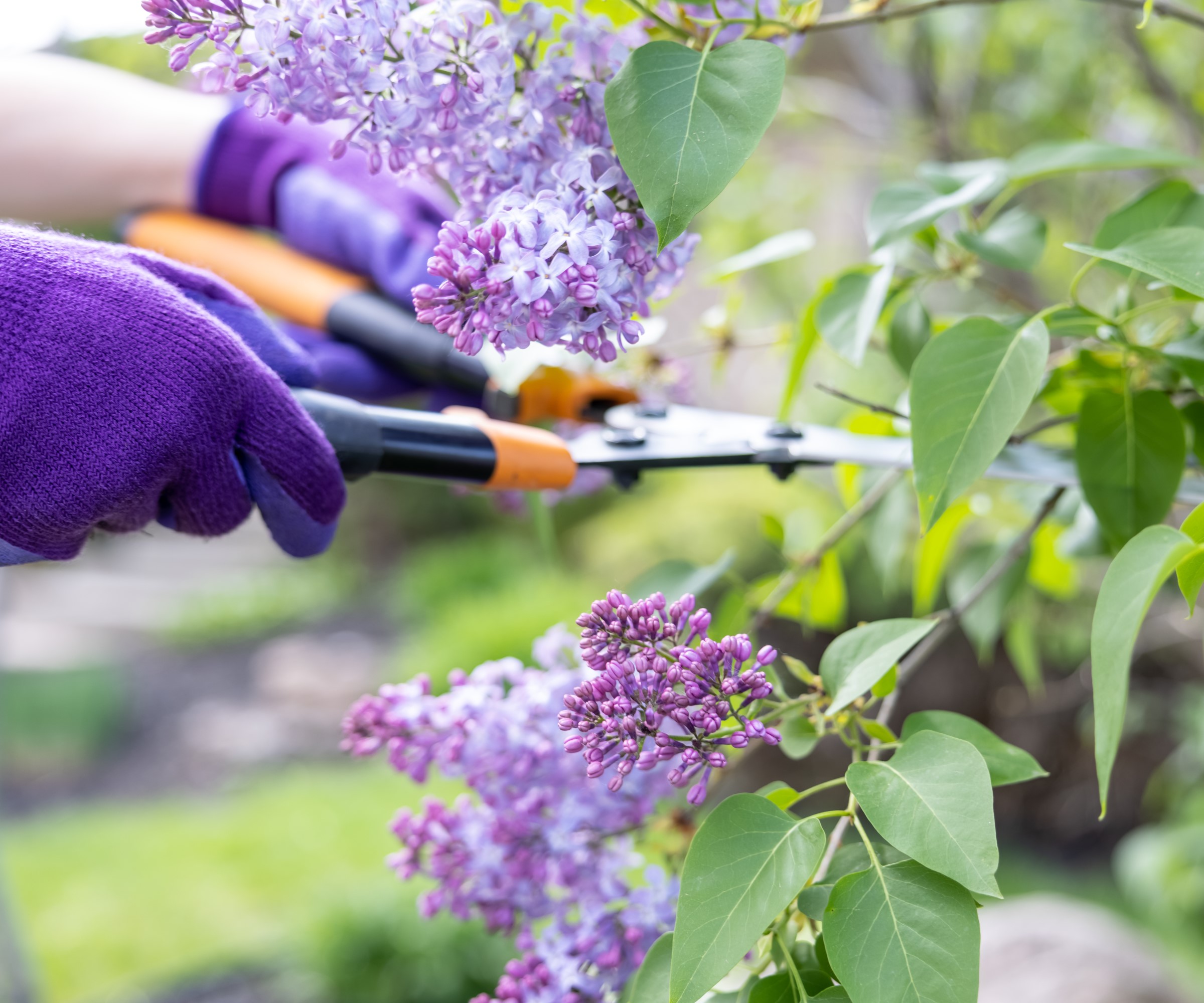
In most gardens, lilacs will flower sometime between early spring and early summer, depending on the variety, local climate and your US hardiness zone.
While blooms usually last around two weeks, I’ve cared for some flowering shrubs that put on a show for far longer, and others that seemed to be over almost before they began.
Design expertise in your inbox – from inspiring decorating ideas and beautiful celebrity homes to practical gardening advice and shopping round-ups.
As soon as the flowers begin to fade and the petals start to brown, that’s the time to deadhead. Leaving old blooms too long can lead to the plant putting energy into seed production, which is something you want to avoid if possible.
When it comes to deadheading, the process couldn’t be simpler, and is not too dissimilar from learning how to prune lilac.
Use a pair of clean, sharp pruning shears or secateurs, such as these highly rated Felco pruners, available from Amazon, to snip each spent flower head down to just above a pair of healthy leaves.
For smaller or younger lilacs, deadheading is quick and easy. But for larger shrubs, especially those that have reached tree size, it’s not always practical. If that’s the case, don’t worry too much. It is nothing to lose sleep over.
If you are keen to deadhead, you could always use a telescopic pruner, available from Walmart, which can help if you really want to reach higher blooms, but it’s not essential.
So, if you are keen to deadhead lilac flowers, the result is more about maintaining a neat, tidy look than dramatically improving the health of the plant.
FAQs
Should I fertilize my lilac in spring, after deadheading?
In general, lilac shrubs are not considered greedy feeders. That being said, they can benefit from the occasional application of fertilizer. This should be done at any point during spring, using a simple organic, all-purpose feed with balanced plant fertilizer numbers. I would also suggest erring on the side of caution and fertilizing lilacs less than the suggested amount, as they should not generally need much, if any, supplemental feed.
Once you have finished, you can add any spent flowers or trimmed stems to your compost heap. Just be sure to snip any stems into smaller pieces, no bigger than two or three inches in length, to improve your composting rate.
For more shrub advice, see our guide on how to deadhead azalea and rhododendron flowers, to keep your plot looking tidy this spring.
Shop deadheading accessories

Thomas is a Content Editor within the Gardens Team at Homes and Gardens. He has worked as a professional gardener for both public spaces and private estates, specializing in productive gardening, growing food and flowers. Trained in Horticulture at the Garden Museum, he has written on gardening and garden history for various publications, including The English Garden, Gardens Illustrated, Hortus, The London Gardener and Bloom. He has co-authored a Lonely Planet travel book, The Tree Atlas, due out in 2024.
